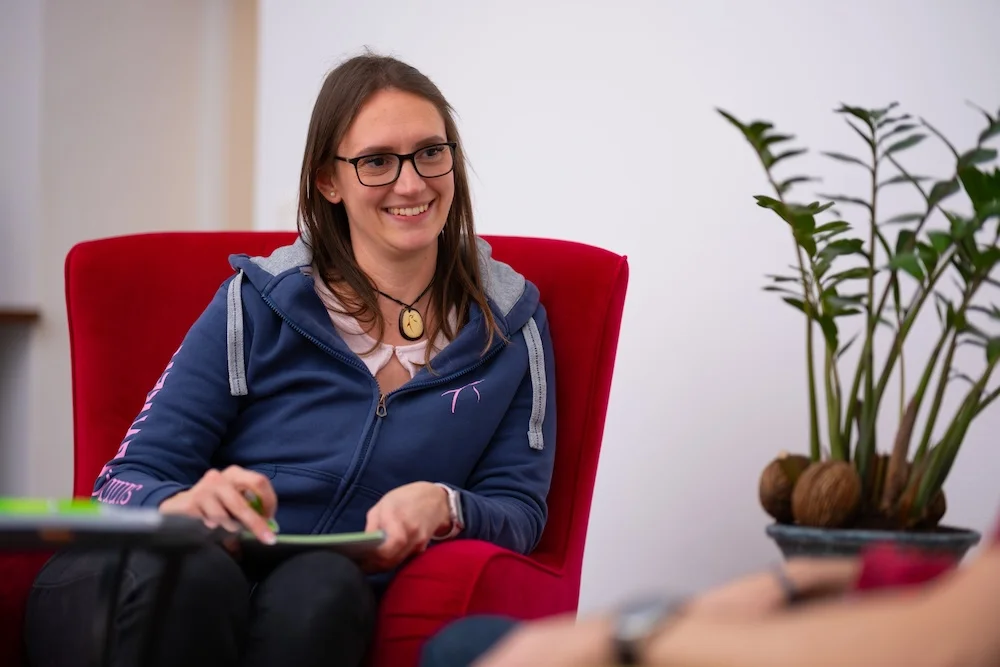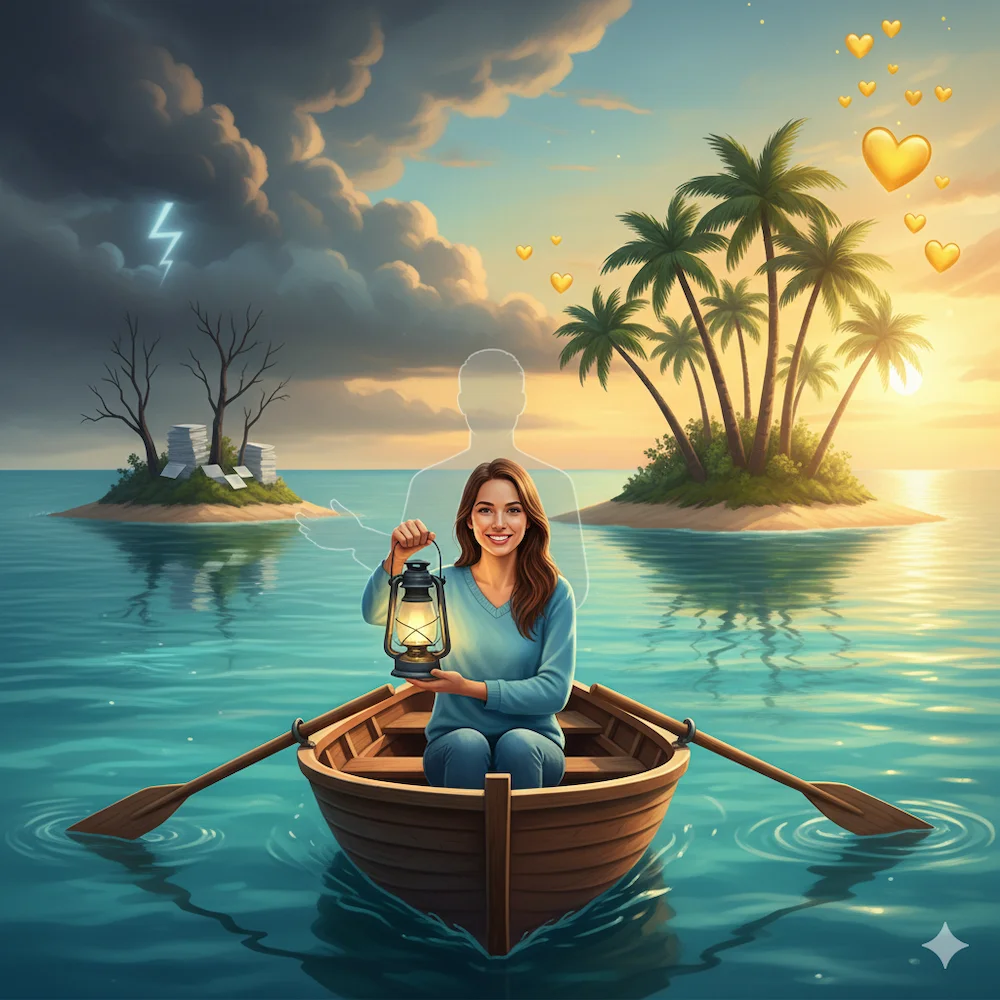What is the 3D Worlds Method?
Janek Panneitz’s 3D Worlds Method was developed to create a shared picture of complicated relationships in a playful way. It is particularly suitable for giving structure to shared content in a team or group and for making decisions transparently. The content is noted on rewritable hexagons (mini whiteboards), which are then clustered and prioritized with the help of height profiles (hence the name 3D worlds).
The method is divided into 4 phases, each of which is self-contained and the results of which provide insightful added value. This makes it possible to achieve valuable interim results efficiently and to give participants the space and time they need – without having to keep a constant eye on the clock. The 3-dimensional map that is created here enables a more intensive and tangible visualization of the topics than 2-dimensional sticky notes.
The first use
Our first active use of the 3D Worlds method was in moderating a team workshop. The aim was to identify the potential for improvement in cooperation and compare the importance of possible improvements in the group.
The framework conditions
The workshop lasted five hours, and 15 people participated on-site. Creating and discussing the 3D world took about three hours.
Our approach
We worked out the key question for the workshop in advance with the client and presented it to the workshop participants at the beginning. This was then used to develop a common target image for the workshop.
The 4 phases of the 3D worlds method in the workshop
Phase 1: Collecting the content
In the first phase of the 3D worlds method, we asked all participants to think silently and write down on eight white hexagons which aspects would contribute most to good teamwork. In the next step, the participants sorted out any duplicates in groups of three and made an initial prioritization, so that after this step there were only a maximum of four tiles left per person. As we had 15 participants in the workshop, a maximum of 52 white hexagons were ready for the next phase to create the islands.
Phase 2: Creating islands
We then asked the teams to briefly present a maximum of two tiles per person per round and place them on the blue mat. It is important that tiles with similar content – or in other words, with a different facet of the same topic – are placed next to each other. Those hexagons that were identical in content to an existing hexagon should be handed over to us moderators.
If there was a completely new aspect on a hexagon, we asked the participants to start a new island. This resulted in ten islands of different sizes in this phase. Next, we gave the participants ten grey hexagons and asked them to find corresponding headings for each island. At the end of this second phase, we also offered bridge stones to show any dependencies between the islands by connecting them.
Phase 3: Prioritization using height profiles
Now comes the third dimension of the 3D worlds method: All team members were given two height profiles – one for each hand. We invited them to look at all the white hexagons again at their leisure and then decide – each for themselves – which two aspects were the most important from their point of view. We then asked the participants to take a big step back from the table as soon as they had made their decision.
As soon as everyone was ready, we gave the command to place the stones at the same time to avoid influencing each other. To achieve a slightly more differentiated height profile, we gave the participants four further height profiles, which they could distribute as they wished by group decision. We then asked reflection questions, such as „Imagine the sea level rises and all aspects without a height profile stone sink. Should the prioritization remain as it is? What is really important? What do you want to focus on?“ We then let the group decide together on prioritization adjustments.
Phase 4: Colonize islands
To colonize the islands using the 3D world method, they are populated with various small wooden figures. These can be chosen according to the desired outcome of the workshop. We split this last phase in our workshop into two parts. First, we marked those islands with golden obelisks for which the participants definitely wanted to consider measures in the next step. And then, once we had drawn up a joint action plan, we marked the white hexagons with stars for which concrete measures were defined. Finally, we looked at the ratio – obelisks to stars – together with the participants and reflected on how satisfied they were with the measures they had found.
Our conclusion
Janek Panneitz’s 3D worlds method can be wonderfully combined with our solution-focused tools and offers a great way of visualization. With 15 participants, it was helpful to build the island worlds on two mats – especially for clarity. For the next workshop, we plan to formulate the instructions for prioritization even more concretely so that it becomes clearer what exactly should be prioritized and what happens to the prioritized hexagons afterwards. We will certainly learn a lot more at the next workshops – we are looking forward to it.




